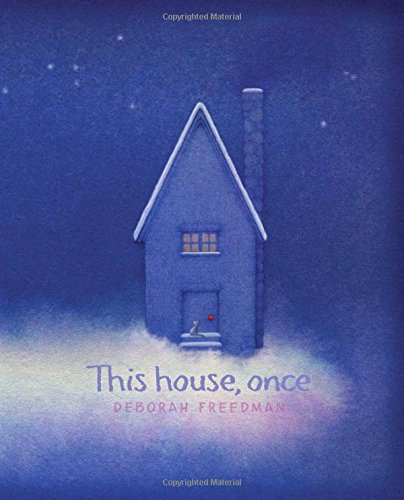Earlier this week, I had the opportunity to run a few PD sessions at my old school, one of which was a session on inquiry planning–specifically, starting with our students first, rather than the content/curriculum. My first step in preparation, of course, was to consult my PLN:
Here were the responses:
And then, after some additional direct message chatting/advice, Edna Sackson posed one of her trademark call-to-action challenges:

It made complete sense, so I immediately accepted. But I would be lying if I said I wasn’t nervous!
But I knew that to really be there for my colleagues and their concerns about planning this way, modeling was really the way to go.
So we started with the following provocation:
I jotted down a few questions beforehand, including:
- What are our limitations from an education stance?
- What if we don’t embrace the “Shake” or what if our students do not?
- How can being creative within our confines transform ourselves, our students, and our world?
- What accepted norms do we challenge when we plan around our students instead of content?
- How is inquiry be seen as “seizing the limitation” instead of “seizing the day?”
Then, knowing the concerns that often surround this topic, I chose to conduct the Compass Points protocol to bring those to the surface (another pointer from Edna)!

What excited our group about planning from an inquiry stance:
- Students come up with and create learning
- Allowing the students to teach their peers as well as me as the teacher
- Kids are excited and chattering about the concept
- Student centered
- New fresh ideas from little minds
- Freedom for creativity & flexible thinking
- Kids just come alive and are excited to share their learning in meaningful ways
- Continue learning trial and error
- It allows students to be more invested in what they’re learning. Memorable & relevant.
Their worries:
- Classroom management
- Getting in content and making it all work together
- Time limited
- Kids don’t participate or stay on task. Lose control.
- Chaos–students putting forth no effort to learn.
- Students won’t come up with ideas or be silent about the concept.
- Not meeting expectations. Some failed lessons as wasted time?
- Lots of planning and unsure where to lead lesson.
- Having 825 kids for only 30 minutes once a week (specials teachers).
- Students miss out on valuable time to be active (from the PE teacher)
Their “Need to Knows:”
- Methods I can take and use right away
- How to make it all day long and put in the content in a way that can be easily accessed.
- How to set up behavior expectations without squelching thinking.
- What counts as an inquiry lesson or activity?
- The process of guiding and directing the students better.
- What will excite and engage students.
- My students–their personalities, limitations/struggles, where they need to go next.
- Be more familiar with process and what it looks like in my situation
Their Stances (how we might move forward in our opinions):
- Being flexible and allowing things to get maybe more out of hand than usual
- Continue learning trial and error
- Being balanced
- Ask myself the questions
- Bring inquiry into more subjects
- It’s a great idea but often conflicts with how I need to run my classroom
Next, we sorted each of the categories. We focused on the worries for this, and decided we were most concerned about not meeting expectations (ie “covering” curriculum), classroom management, time management, and the logistics of planning this way.

We were at the “where do we go next” juncture, and together, we decided to look at examples of individuals who are addressing these concerns in their teaching:
- A couple of first grade teachers examined this literacy example of Jessica Lifshitz allowing her students’ questions to drive the planning.
- The art teacher read Taryn Bondclegg’s A Class Misunderstood because she was especially interested in what it looks like when issues arise in an inquiry approach, and how we deal with them.
- Some first grade teachers also looked at Taryn Bondclegg’s summary of her first month of all-in inquiry.
- A couple of second grade teachers looked at math examples from this grade 2 class and Simon Gregg’s class.
- Several others browsed Kath Murdoch’s downloads, particularly her “What do Inquiry Teachers Do?”
Unfortunately, we ran out of time to have a proper wrap-up (it was only an hour session and they were in the thralls of exploring the above resources), but I heard some wonderful conversations happening, ranging from how teachers really use their students’ questions, to realizations that giving up teacher control does not mean allowing chaos to rule in the classroom.
And I learned/reaffirmed…
…a solid provocation and relevant visible thinking routine are powerful tools to elicit serious thinking.
…deciding “where do we go from here?” with our students is an act of trust in them and in ourselves as professionals.
…collaboration and curation are essential skills for inquiry teachers. We can lean on one another both for our initial planning (a huge thank you to my PLN!) and subsequent decisions on where to go with our learners.
I think the next step for this group involves a closer look at the daily process of student-responsive planning. What do you think?
featured image: shehan peruma





















